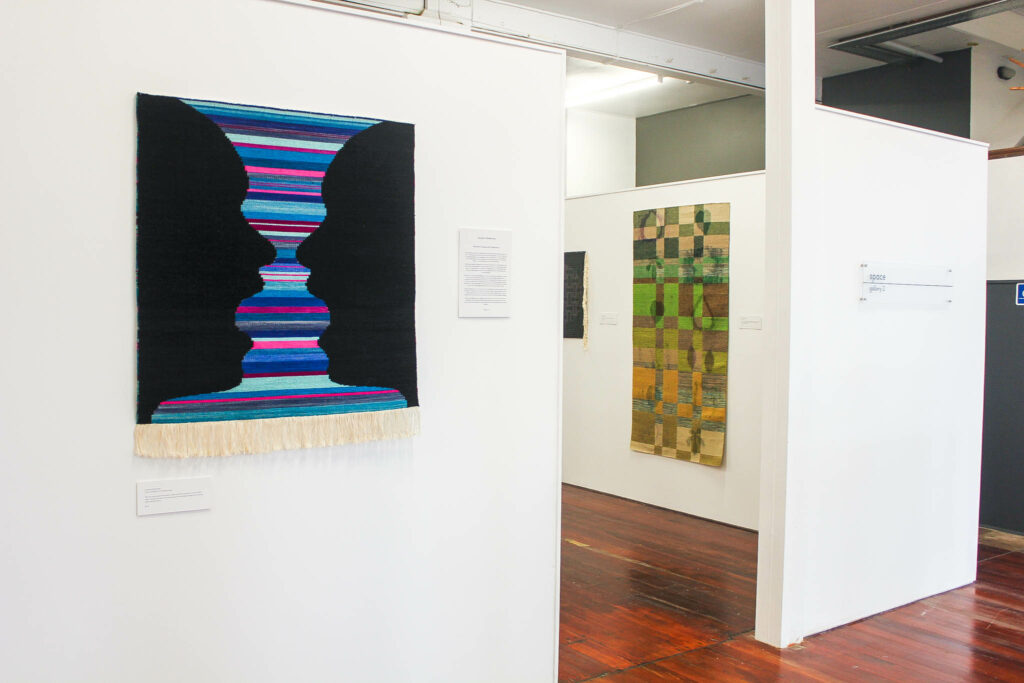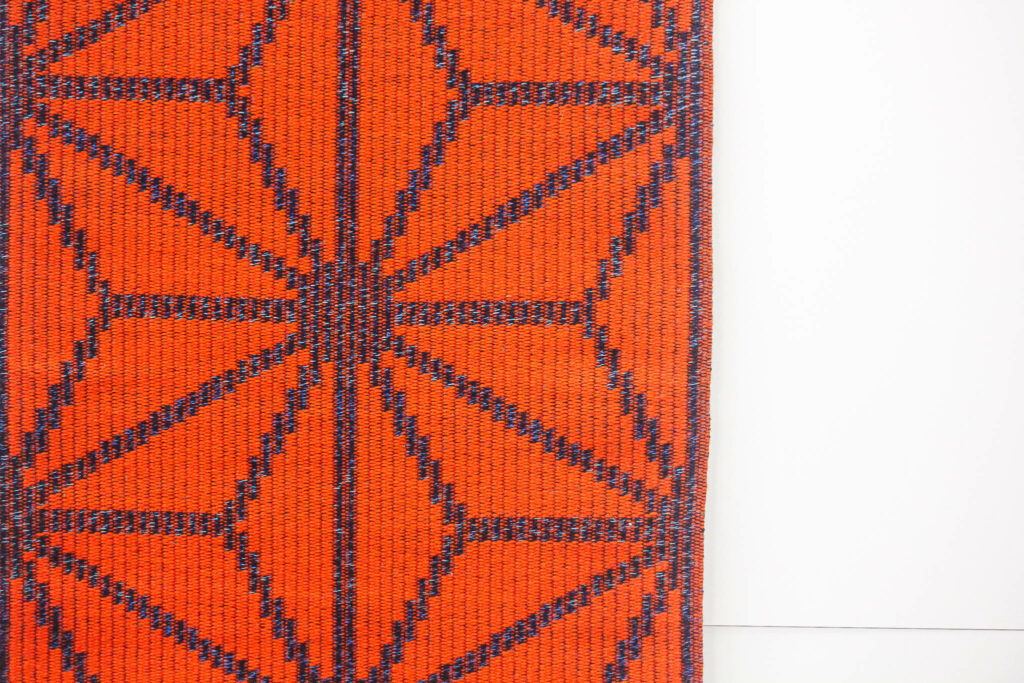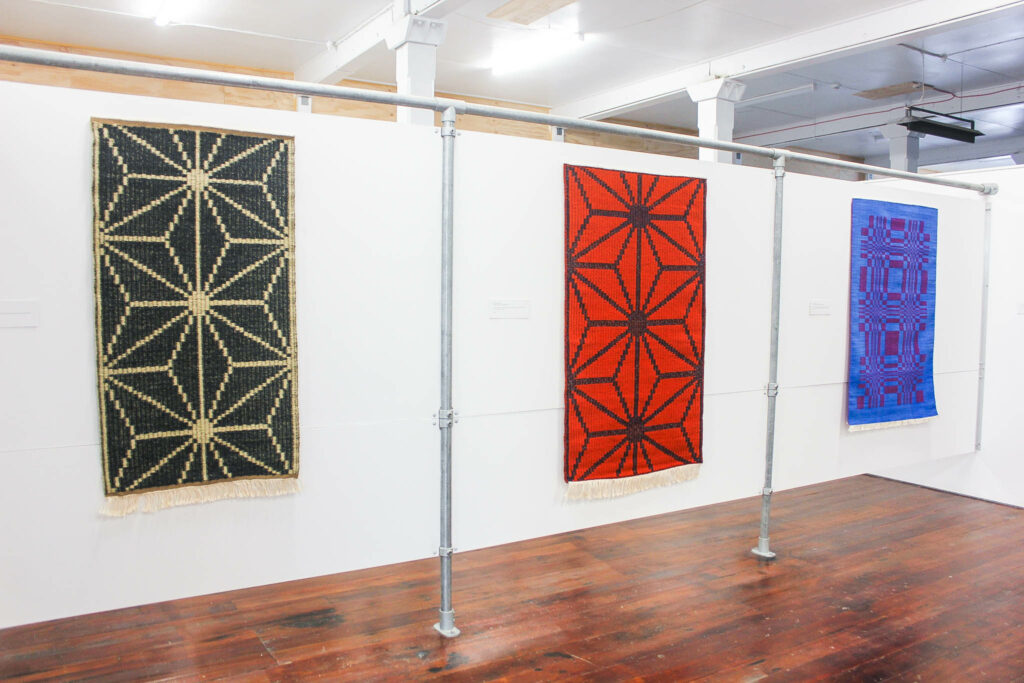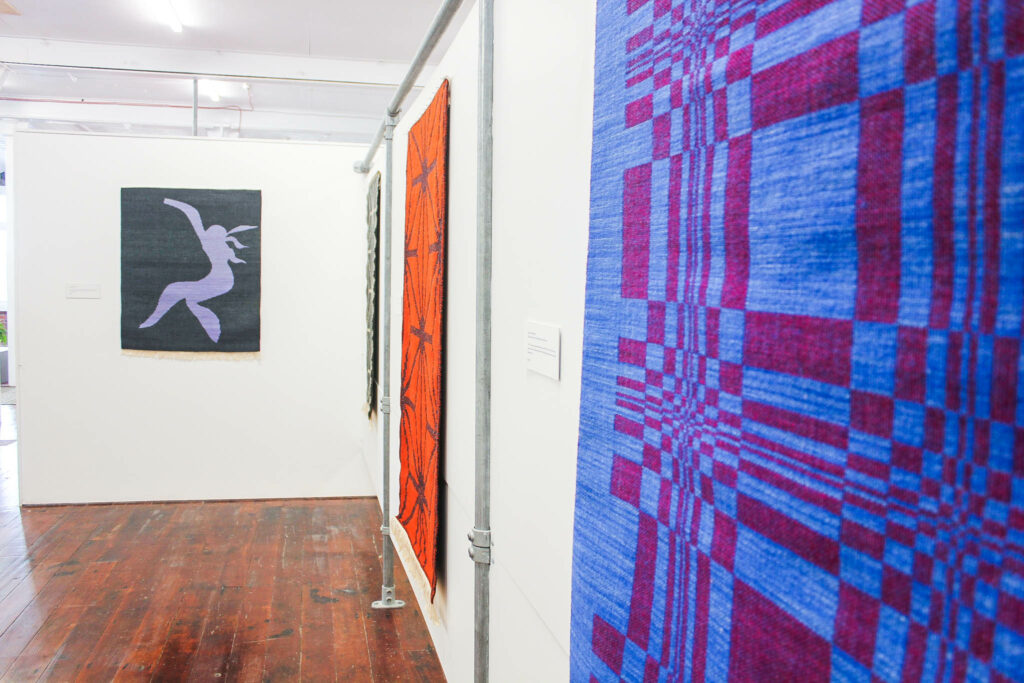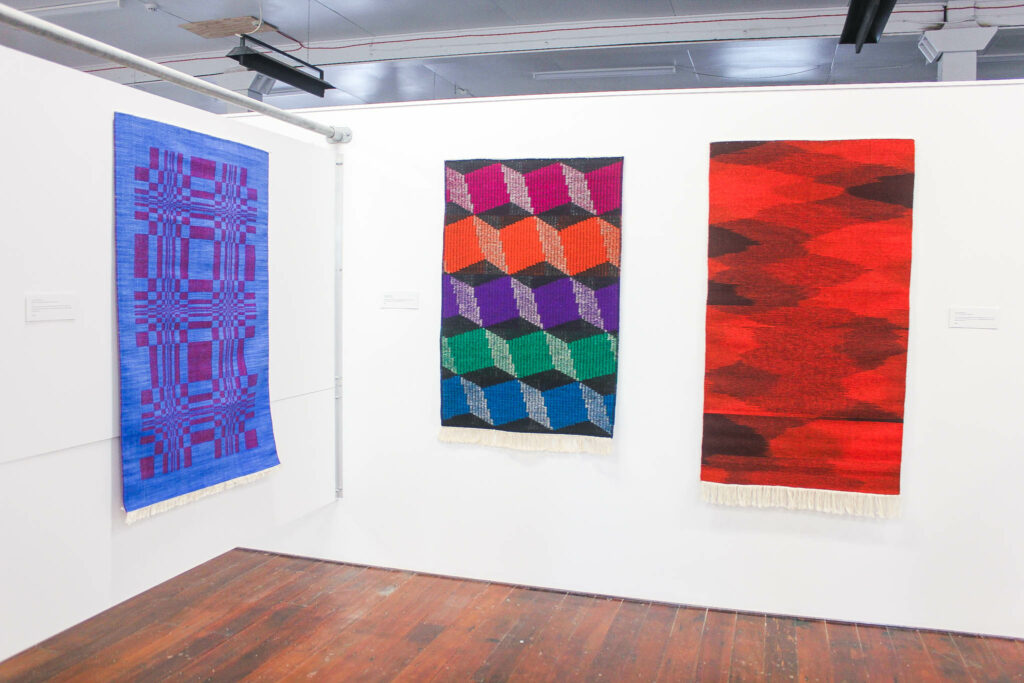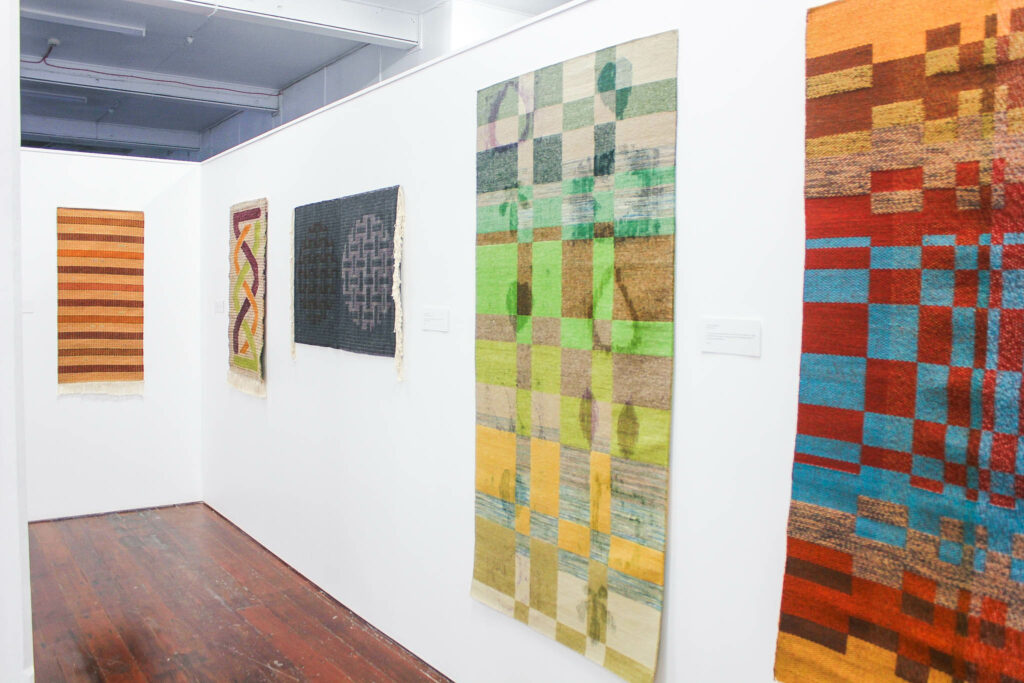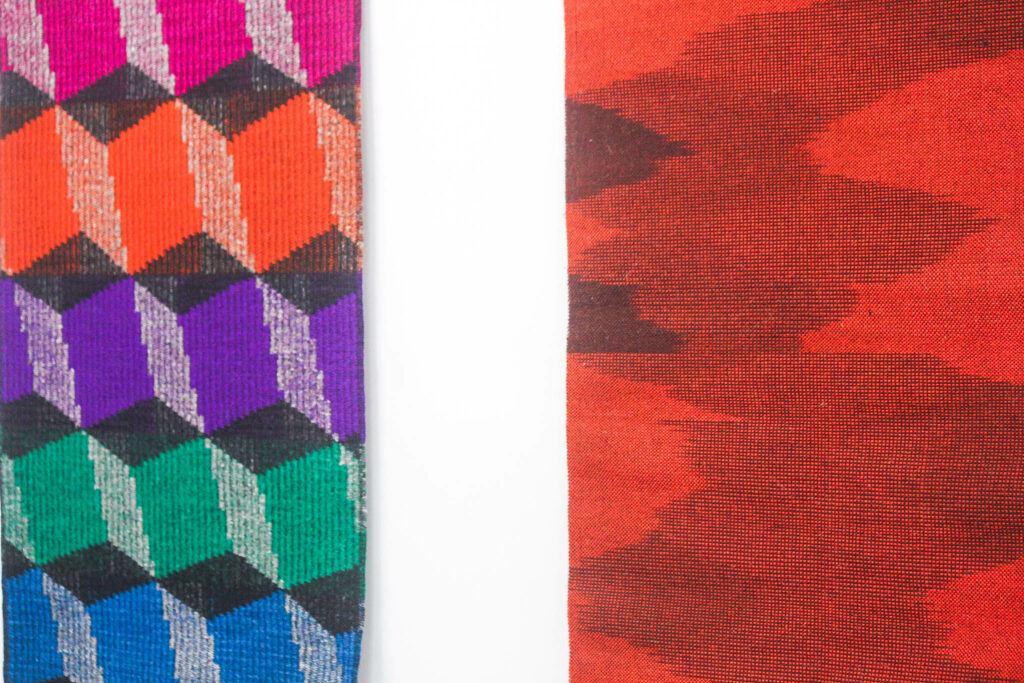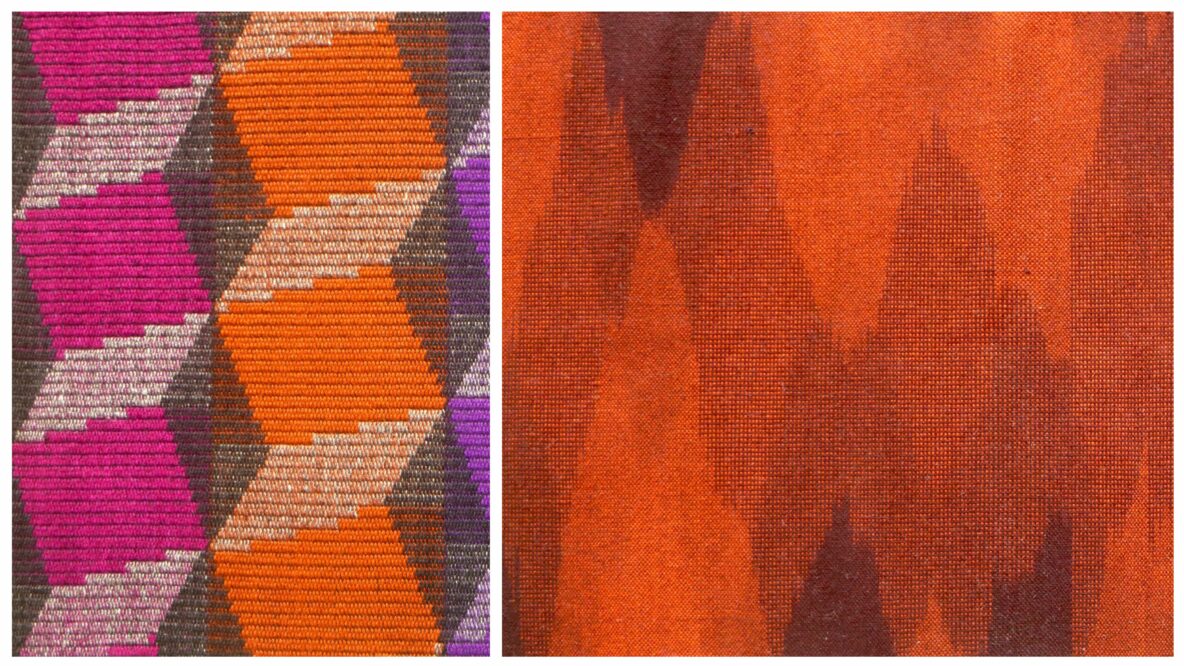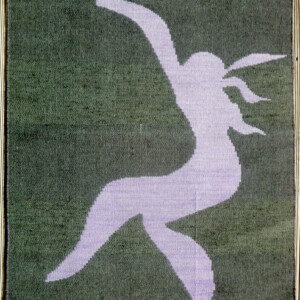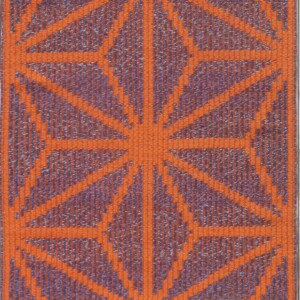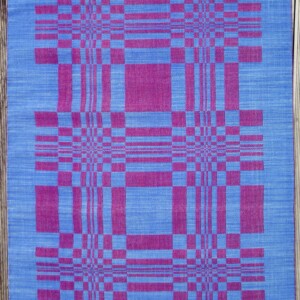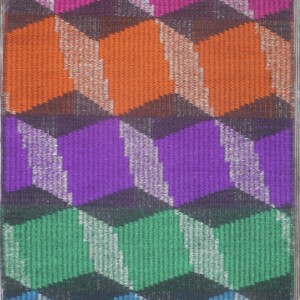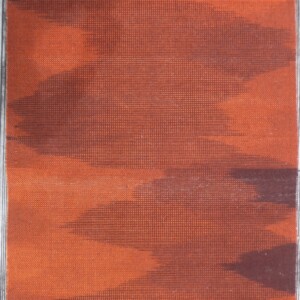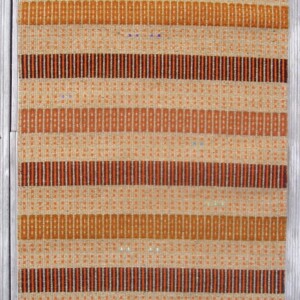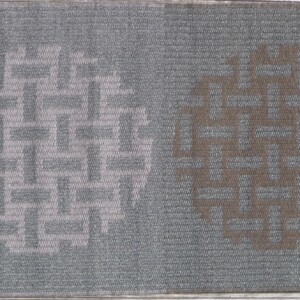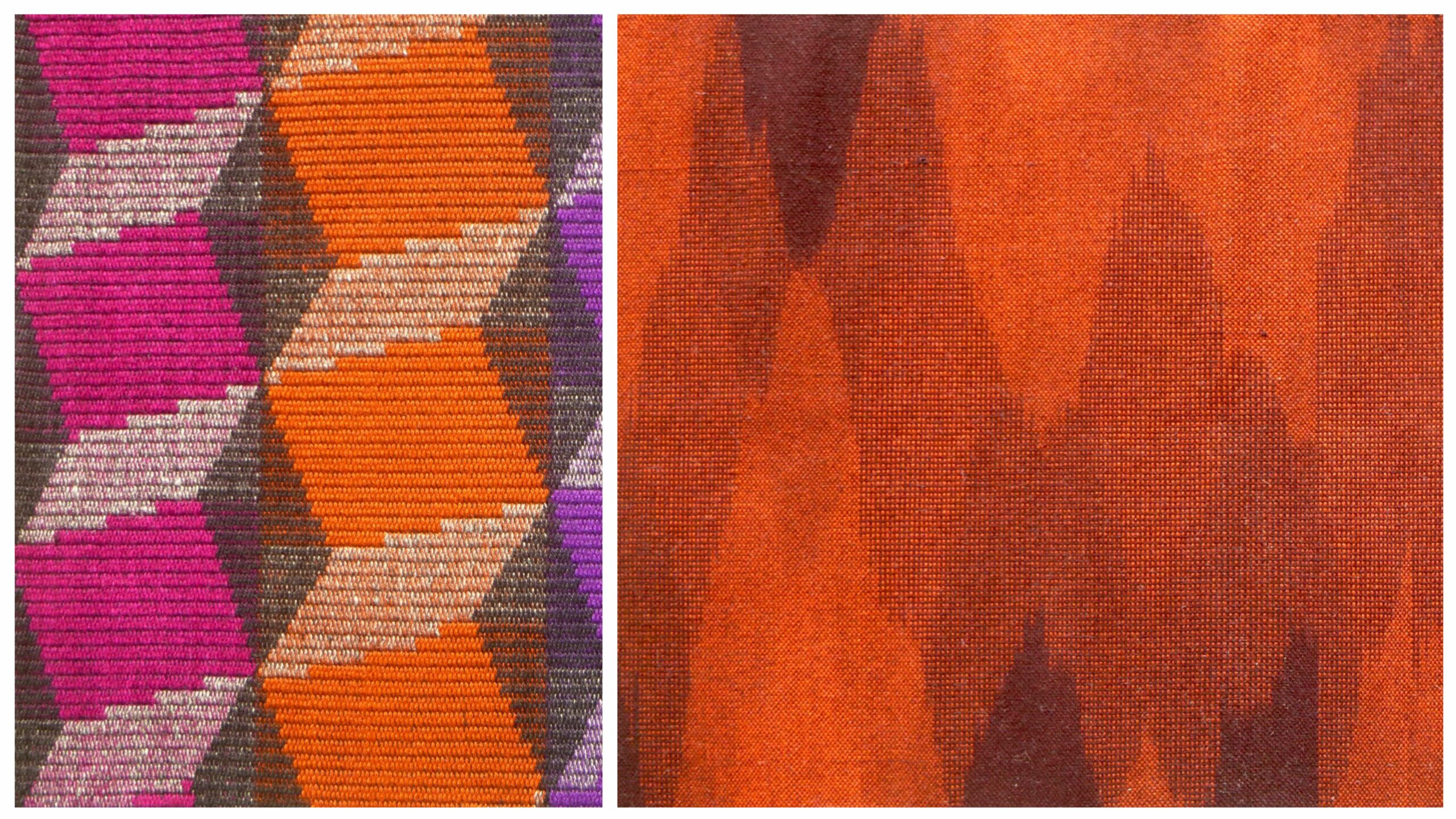
Between Collage and Tessellation
Laurence Gatehouse
Opening: May 15 5:30 pm
Viewing: May 15 until May 25
My inspirations are based in nature and mathematics, viewed through the lens of my science training and interpreted in colours. Everything in nature is made of a small set of repeating entities; atoms, subatomic particles, proteins etc., or energy which, at least mathematically, can be treated as both particles, another set of repeating entities, and waves which by their nature self-repeat.
Repeating shapes in mathematics are known as tessellations, most commonly seen in tiles where the same shape repeated covers a surface or in crystals where atoms repeat in a regular array, i.e. tessellation in three dimensions. So many man-made things also approximate to tessellations, repeating motifs in architecture are an obvious example.
However, a tree or the arrangement of leaves on a tree are not tessellations but are much more like a collage of similar but non-identical elements. Mathematical descriptions can be derived that predict the branching patterns of various trees and the leaf arrangements on those branches but not an individual tree. Nature, whilst derived from repeating elements, is so complex that every individual leaf on a tree is unique and yet easily identified as a leaf from a particular species of tree.
Science/mathematics versus nature/art is not a dichotomy, or two opposed views of the world. The differences are all due to having to simplify what is looked at so that it can be handled for science so that limited part can be understood. For art the concept may be unlimited, but an actual piece cannot carry every possible meaning.
Weaving is essentially the crossing of warp and weft yarns in a repetitive pattern, tessellation, yet the results with the design choices of hand manipulations, shaft switching and most importantly colour are more that the repeating patterns of simple weaves.
{ Gallery 2 }
